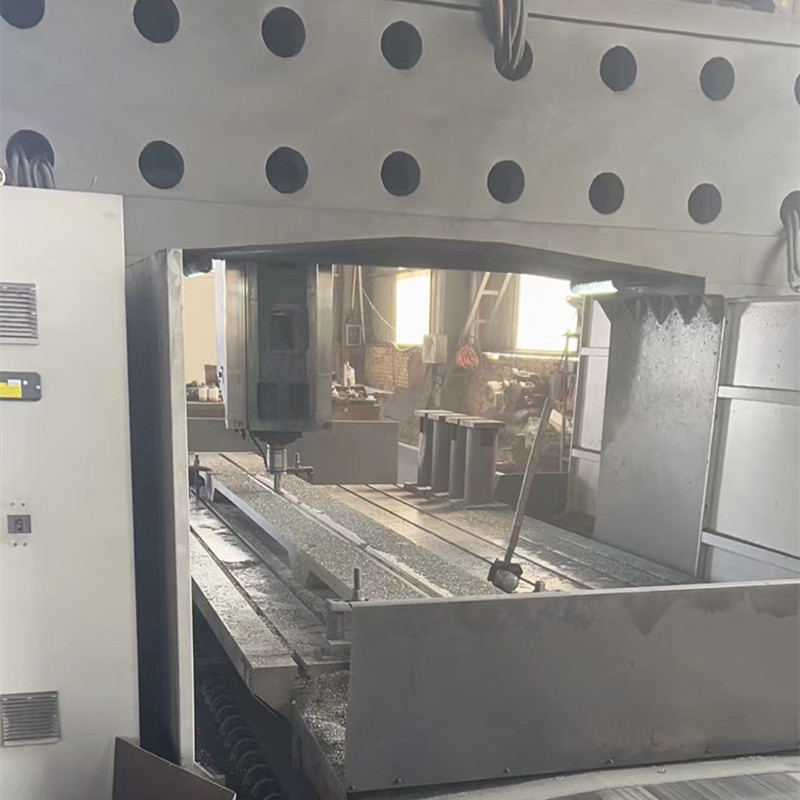Nov . 08, 2024 12:37 Back to list
Creating an Effective Welding Table for Your Workshop Needs
Building a Welding Table A Comprehensive Guide
Creating a sturdy and functional welding table is essential for any metalworking enthusiast or professional. A well-designed welding table not only provides a dedicated workspace but also contributes to safety and precision in your projects. In this article, we will explore the key components and considerations for building your own welding table.
1. Planning Your Welding Table
The first step in building a welding table is planning your design. Consider the following factors
- Size The dimensions of your table should be determined by the space available in your workshop and the size of the projects you plan to undertake. A standard welding table ranges from 36 to 48 inches high and can vary in length and width. A larger surface is beneficial for bigger projects, while a smaller table is easier to manage.
- Material The tabletop's material is crucial for durability and functionality. Common materials include steel, aluminum, or even a combination of these. Steel provides excellent durability and can withstand high temperatures, while aluminum is lightweight and easier to maneuver.
- Weight Capacity Ensure that your welding table can support the weight of the materials you will be working with. Calculate the maximum anticipated load and choose materials accordingly.
2. Gathering Materials and Tools
Once you have a clear plan, gather the necessary materials and tools. For a basic welding table, you will need
- Materials - Steel tubing for the frame - Steel plate for the tabletop - Legs (square tubing is a popular choice) - Optional casters for mobility
- Tools - Welder (MIG or TIG) - Angle grinder - Measuring tape - Square and level - Clamps
Start by constructing the frame of your welding table. Here’s a step-by-step guide
1. Cut the Steel Tubing Measure and cut the steel tubing according to your planned dimensions. You’ll need pieces for the perimeter and support beams beneath the tabletop.
2. Assemble the Perimeter Use a square to ensure that the corners are at 90 degrees. Tack weld the pieces together, then fully weld them once you confirm the dimensions.
building a welding table

3. Add Support Beams For stability, add support beams underneath the tabletop area. This will help prevent sagging when heavy materials are placed on top.
4. Attach Legs Cut and weld the legs to the corners of the frame. Ensure they are straight and level. Adding diagonal braces between the legs can enhance stability.
4. Creating the Tabletop
The tabletop is where the action happens, so it needs to be functional and durable.
1. Cut the Steel Plate Cut the steel plate to your desired dimensions for the tabletop. It should be thick enough (typically at least 1/4 inch) to withstand welding and cutting.
2. Attach the Top Center the plate on the frame and secure it with welding. Make sure it is perfectly flat and level.
3. Finishing Touches Smooth out any sharp edges on the table and consider adding a protective coating to prevent rust and enhance durability.
5. Optional Features
To enhance your welding table's functionality, consider these optional features
- Built-in Vices Having vices integrated into your table can assist with holding workpieces securely. - Tool Storage Incorporate shelves or drawers for storing tools and materials, keeping your workspace organized. - Surface Markers For easy alignment and positioning, paint lines on the table’s surface for quick references.
6. Safety Considerations
Safety is paramount in any welding operation. Always wear proper protective equipment, including gloves, goggles, and welding helmets. Ensuring good ventilation and having a fire extinguisher nearby are also critical safety measures.
Conclusion
Building your own welding table can be a rewarding project that significantly enhances your metalworking capabilities. With careful planning, quality materials, and attention to safety, you can create a workspace that not only meets your needs but also withstands the rigors of welding. Whether you are a seasoned professional or just starting out, a custom welding table will serve as a valuable asset in your workshop.
-
Y Type Strainer Maintains System Efficiency Long TermNewsJul.15,2025
-
Valve Selection Guide for Industrial ApplicationsNewsJul.15,2025
-
Steel Fab Table Provides Durable Work Surface for WeldingNewsJul.15,2025
-
Pad Iron Provides Stable Support for Heavy MachineryNewsJul.15,2025
-
One Inch Check Valve Fits Standard Plumbing SystemsNewsJul.15,2025
-
Measuring Micrometer Ensures Precise Dimensional AccuracyNewsJul.15,2025
Related PRODUCTS









